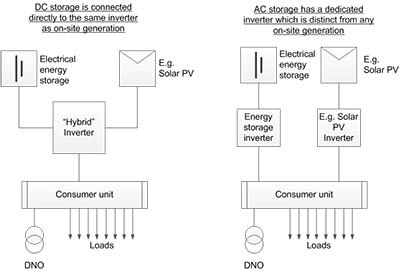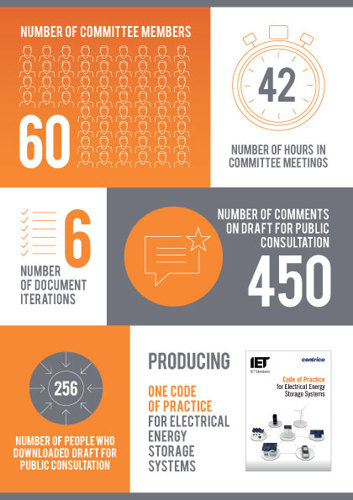
The store-age: the start of smarter energy consumption
It seems that every few weeks there is major news about Britain’s fast-changing electricity sector. This year we saw the first full day without coal power, we saw solar briefly provide more than 30 % of British electricity and we briefly saw over 80 % of our power come from low carbon sources [Source: MyGridGB.co.uk]. Besides the revolution in the way we generate electricity, a potentially more exciting one is coming in the way that we respond to that power. That is all thanks to the growth of ‘flexibility’-technologies, which help us to respond to the changing nature of supply and demand.
One of the primary technologies driving this is energy storage, be that stationary storage connected in homes or to the utility grid or batteries in electric vehicles. A rapid drop in cost has made battery and thermal storage economical enough for hundreds of megawatts to be under deployment. You may (or may not) think that this is the first sign of a fundamental change in the way we think about energy. However, most will conclude that new regulations, standards and working practices need to be developed in response to the rapid growth in energy storage deployments.
One way that working practices are changing is in the connection process for domestic energy storage. Under previous regulation, connections with generation exceeding 16 A per phase required a lengthy application process for DNO approval. The rules meant that a domestic property with a generation capacity of 16 A of solar PV alongside any form of AC-connected energy storage (see Figure 1 below) would require a lengthy connection process. This made little sense, given that the battery (if designed for self-consumption) should never discharge into the grid – it should only discharge to meet the local load of the homeowner.

Intuitively, the regulation made little sense. For businesses, it was a barrier to market. Practically, it risked some storage being installed without grid applications where someone felt that “the DNO would not notice anyway”. The latter is a critical problem not just for DNOs but also for the country as a whole understanding the amount of energy storage and flexibility in the electricity system.
To mitigate that risk, DNOs are beginning to release a series of ‘fast-track’ applications for energy storage under guidance from the Electricity Networks Association. UK Power Networks released one of the first application processes, which allows for a ‘fast-track’ application for energy storage connections.
This fast-track process is of course covered in the recently published IET Code of Practice for Electrical Energy Storage Systems. This Code of Practice is somewhat of a landmark document as it is the first consolidated effort by industry and engineers to lay practical guidelines for storage. The success of energy storage depends on safe, well designed and long-lasting installations that benefit consumers. Storage is a peculiar asset, and this guidance is invaluable.
One final practical example is the provision of backup power. As outlined in the Code of Practice, there are particular earthing arrangements for batteries that must be followed for installations to be safe. Further, if a battery is capable of backup then isolation arrangements need to be carefully considered. You can never assume that a battery isn’t live and providing power to a site.
There is no doubt that energy storage presents peculiarities to our industry. The IET Code of Practice is a starting point for all of our learning and the development of standards heralds the start of an interesting time for all of us. Welcome to the ‘store-age’!
Dr Andrew Crossland earned his PhD by modelling the technical and financial impact of energy storage on 9,000 distribution networks in North West England. His work showed how storage can reduce reinforcement costs dramatically if deployed correctly and as part of a smart grid. Andrew now works as an Energy Storage Engineer at Solarcentury, he runs the electricity tracking website MyGridGB.co.uk and is an Associate Fellow at the Durham Energy Institute. He also co-chairs the Behind the Meter Storage Group within the Solar Trade Association. In 2017, he was awarded the ‘Rising Star’ award by Energy UK for his work on storage in the UK and East Africa.

